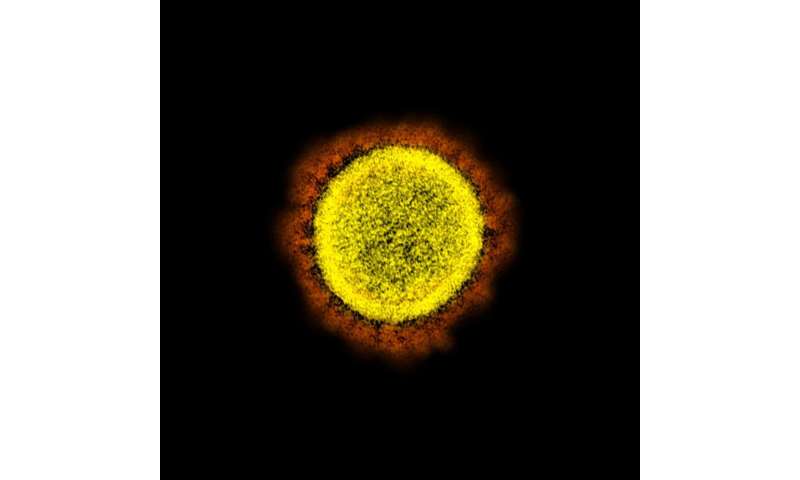Baricitinib plus remdesivir shows promise for treating COVID-19


The combination of baricitinib, an anti-inflammatory drug, and remdesivir, an antiviral, reduced time to recovery for people hospitalized with COVID-19, according to clinical trial results published in the New England Journal of Medicine. The study was supported by the National Institute of Allergy and Infectious Diseases (NIAID), part of the National Institutes of Health.
The clinical trial is the second iteration of the NIH Adaptive COVID-19 Treatment Trial (ACTT-2), a study protocol to evaluate therapeutics for people hospitalized with COVID-19. Remdesivir is a broad-spectrum antiviral treatment developed by Gilead Sciences, Inc. Baricitinib was discovered by Incyte and licensed to Eli Lilly and Company, and marketed under the brand name Olumiant. It is approved in more than 70 countries as a treatment for adults with moderately-to-severely active rheumatoid arthritis. Researchers hypothesized that because many severe symptoms of COVID-19 are caused by a poorly regulated inflammatory response, a therapeutic designed to target inflammation could be helpful for patients. The primary results of this study were first announced in September.
The ACTT-2 trial opened on May 8, 2020 and enrolled a total of 1,033 volunteer participants at sites in eight countries. Once enrolled, participants were randomized to receive a treatment regimen of either oral baricitinib tablets and intravenous (IV) remdesivir or oral placebo tablets and IV remdesivir.
In the study, the combination of baricitinib and remdesivir reduced median time to recovery in hospitalized COVID-19 patients from eight days to seven days. Patients who required high-flow oxygen or non-invasive ventilation during their hospitalization appeared to have had the largest benefit: their median time to recovery was shortened from 18 days to ten days. In addition, participants’ conditions at day 15 of the study (as measured by an eight-category ordinal scale which ranked the severity of their condition) was significantly improved when they received the two therapeutics combined. Recipients of the two treatments also had slightly fewer serious adverse effects.
Source: Read Full Article




